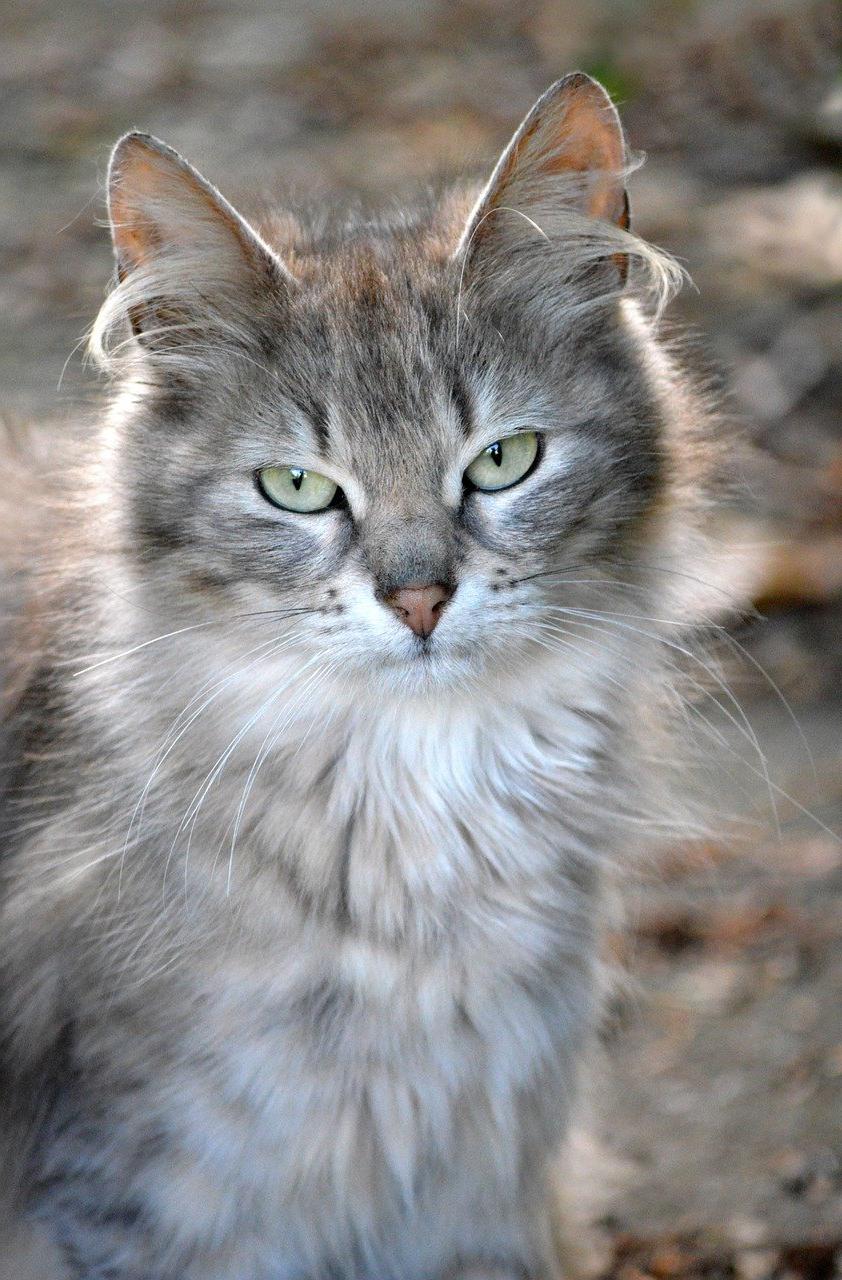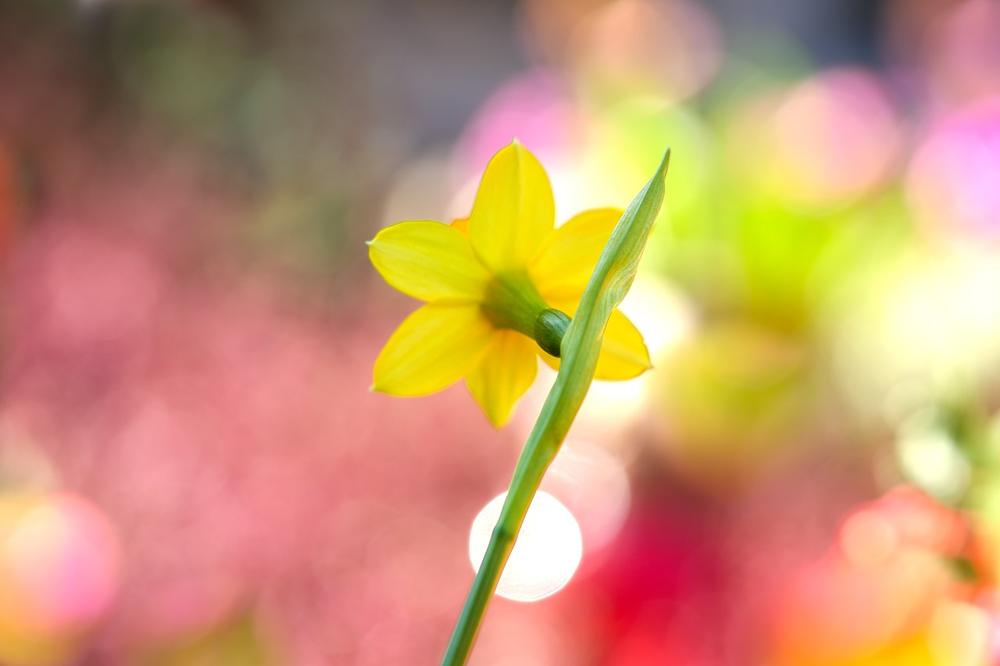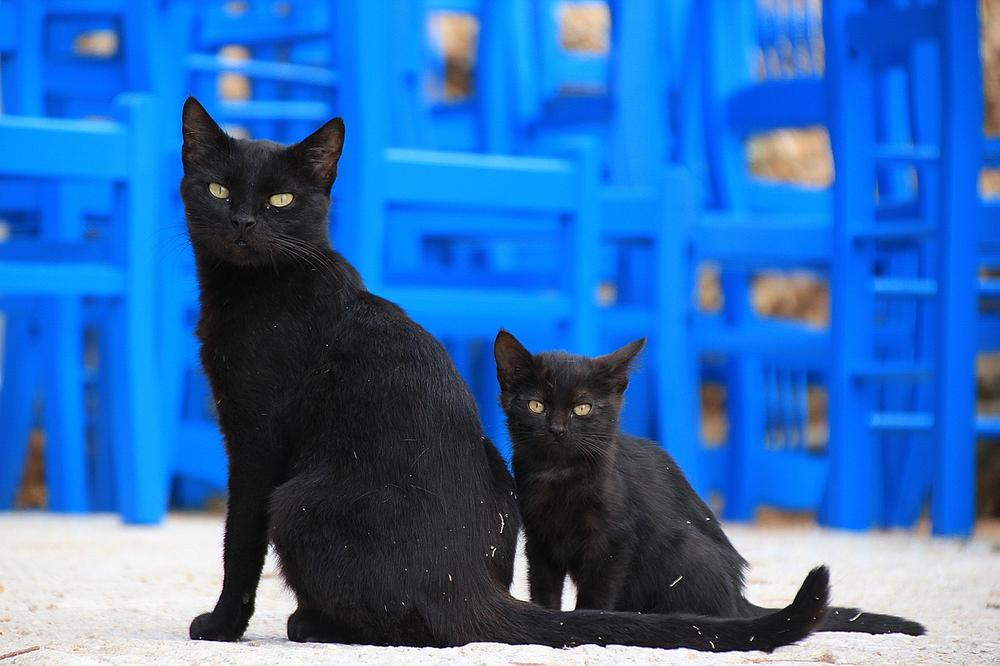Are Daffodils Poisonous to Cats? Is There an Effective Treatment?

Just imagine:
You're a cat parent, and you've noticed those vibrant daffodils blooming in your garden. 😮
But hold on a second, are those flowers actually dangerous for your feline friend?
Oh, the anxiety it brings!
Wonder no more, my worried friend.
In this blog post, we'll dive deep into the enchanting world of daffodils and uncover whether they pose a threat to your precious kitty.
So, stick around and let's put your fears to rest.
What Part of the Daffodil Is Poisonous to Cats?
All parts of the daffodil plant, especially the bulbs, contain lycorine, a toxic compound that can harm cats. The outer layer of the bulbs has calcium oxalate crystals, which can irritate tissues and cause excessive drooling. Keep daffodils away from cats to prevent harm.
Daffodils aren't cat-friendly.
They've got lycorine, which can mess up our feline buddies.
Now, where is this pesky stuff hiding, you might wonder?
Brace yourself!
It's in every single part of the daffodil plant.
But hold on tight, because there’s more!
The bulbs are the worst offenders.
Those sneaky little things below the surface have a real high concentration of this toxic compound.
And guess what?
The outer layer of daffodil bulbs is coated in crystals that include calcium oxalate.

Sounds all nice and harmless, right?
Not so fast - it actually irritates tissue and makes cats drool like crazy.
Just picture your lovely kitty munching on a daffodil. Not a pretty sight, huh?
Eating daffodils with heaps of alkaloids isn't just bad news for cats, but also for horses and dogs.
So take note: keep those daffodils far away from your furry pals if you want to avoid any harm or discomfort.
That’s something we surely want, don't we?
So, now that we know the dangers of daffodils for our furry friends, I wanted to share some more valuable information with you.
If you're considering bringing a dracaena plant into your home and you're worried about whether it's toxic to cats, I have just the resource you need.
In my blog post, Is Dracaena Toxic to Cats, I address this concern and provide all the necessary information to ensure the safety of your beloved feline companion.
Take a moment to go through the article and put your mind at ease.
You'll find everything you need to make an informed decision about introducing a dracaena plant into your household.
What Are the Symptoms of Daffodil Poisoning in Cats?
When it comes to cats and daffodil poisoning, you gotta watch out for the symptoms.
Here's what to look for:
- Cats might throw up or have diarrhea if they've eaten daffodils.
- Those toxic daffodil parts can really upset your furry buddy's belly.
- Things can get bad with excessive drooling and even convulsions.
- Low blood pressure and tremors mean your cat's body doesn't like those daffodil toxins.
- And watch out for skin reactions too, like a rash from being near daffodils.
- Breathing can also be affected by daffodil poisoning, so keep an eye on that.
But here's the thing: all those symptoms can show up as soon as two hours after eating them.
And keep an eye out for abnormal heart rhythms, seizures, poor appetite, laziness, and changes in temperature and blood pressure.

If you think your cat got poisoned by daffodils, don't hesitate to get them to a vet right away.
Your fur baby's health always comes first! 😺
Now, you might be wondering how daffodil poisoning is treated in cats.
Well, let me tell you, there are several steps that can be taken to address this dangerous situation and ensure your cat's well-being...
How Do You Treat Daffodil Poisoning in Cats?
Induce vomiting and get veterinary help
If you think your furry buddy swallowed daffodils, the first thing you should do is make them throw up.
Don't worry, it helps stop their little cat tummy from absorbing more toxins.
But remember, only induce vomiting if your cat is awake and it hasn't been too long since they ate those pretty flowers.
But don't stop there!
When it comes to daffodil poisoning, you can't just rely on home remedies.
You need to get immediate help from a vet. I know it's scary, but your cat's health is on the line here, and a professional is better equipped to handle this situation.
Treatment options for daffodil poisoning
Once you're at the vet, they might try a few treatments to help your cat recover from daffodil poisoning.
One common method is giving them activated charcoal, which helps absorb any remaining toxins in their system.
They may also provide IV fluids to keep them hydrated because daffodil poisoning can cause dehydration.

Normally, most cats will get better within 12-48 hours without needing medical intervention.
But if your furry friend ate a lot of daffodils or shows severe symptoms, contact the vet immediately. Time is crucial!
Watch closely and seek more help if needed
At home, keep a close eye on your cat for any signs of stomach discomfort.
If they have any plant matter stuck in their mouth or fur, remove it because irritated skin is never fun.
And let me give you a tip:
If you aren't exactly sure how many of those flower bouquets your kitty gobbled up or if they ate a significant amount, be sure to consult a veterinarian right away.
They are the experts who can figure out if your cat needs further treatment or monitoring.
For added guidance, you can also reach out to a poison control hotline.
But what about preventing daffodil poisoning in the first place?
How can you ensure your curious cat stays safe and away from these potentially harmful flowers?
Let me share some practical tips to keep your feline friend out of harm's way!
Preventing Daffodil Consumption by Cats

To keep your cat from munching on daffodils, here are 11 easy steps you can take:
- Put the daffodils up high where your cat can't reach them.
- Keep the daffodils in rooms that are off-limits to your furry friend.
- Store daffodil bulbs in sealed containers far away from cat food.
- Swap out those tempting daffodils for cat-friendly flowers like alstroemeria, asters, gerbera daisies, orchids, or roses.
- If your yard has daffodils and your cat likes spending time outdoors, make sure you supervise playtime.
- Create a safe environment at home by removing any plants or substances that could be harmful to cats.
- Get yourself clued up on plants that are safe for pets and educate yourself on common toxic hazards. Trust reliable sources for this info.
- Steer your curious feline clear of lilies belonging to the Lilium and Hemerocallis sp. families.
- Take the time to learn about specific dangers posed to cats.
- Stay vigilant with any new plants that find their way into your abode.
- Seek advice from a veterinarian if you suspect your cat has gobbled up some daffodils or other poisonous flora.
Prevention is the name of the game!
Keeping Cats Safe: Daffodils, Poisoning, and Prevention
Key Takeaways:
- Daffodils are toxic to cats due to the presence of lycorine.
- All parts of the daffodil plant, especially the bulbs, contain harmful substances.
- Ingesting daffodils can lead to symptoms like vomiting, diarrhea, drooling, and convulsions.
- Daffodil poisoning can cause serious harm and discomfort to cats.
- Seek emergency veterinary help if your cat ingests daffodils.
- Treatment may include inducing vomiting, administering activated charcoal, and providing IV fluids.
- Most cases of daffodil poisoning clear up within 12-48 hours.
- Keep daffodils out of reach and store bulbs in a sealed container.
- Consider replacing daffodils with cat-friendly alternatives.
- Supervise outdoor play if your yard has daffodils and your cat goes outside.
And that wraps up today's article.
If you wish to read more of my useful articles, I recommend you check out some of these: Can I Use Baby Shampoo on My Cat, Is Jasmine Essential Oil Safe for Cats, Is Dish Soap Safe for Cats, Why Is My Cats Nose Cold, and Can Cats Drink Green Tea
Talk soon,
-Sarah Davis